The term “property inspection,” when used generically, can mean the scrutiny of any item for one or more purposes. Usually, a property inspection is made before buying something, such as:
- When buying an expensive piece of jewelry, having it inspected by a jewelry expert can help you determine if the gem(s) are genuine and if the price is fair.
- When buying a used vehicle, having it inspected by a professional mechanic can help you learn if there are any hidden problems and if the asking price is a good deal.
- When making an investment in a stock, the company issuing the stock should be inspected to help you determine its relative strength and reputation.
- When buying any type of personal property of great value, it should be inspected beforehand to determine its legitimate value.
Common Use of the Term “Property Inspection”
The most common use of the term “property inspection” is in connection with real estate. Real estate is defined separate and apart from personal property, as explained here, and may be the object of an inspection for one of several reasons, including:
- A mortgage company may call for an inspection on a property for which they are considering offering a mortgage loan to learn its condition and true value.
- A property seller may call for an inspection to determine the true condition of the property before offering it for sale. This may give them an idea of any problems existing within the property, what needs to be fixed and/or disclosed to a potential buyer, and what an accurate selling price may be.
- As a potential property buyer, you should have a professional inspection done with a contingency clause guaranteeing that if the inspector finds any problems with the property that make it an unacceptable deal for you, the prospective buyer, that the agreement to buy can be canceled and the earnest money be returned to you in full.
- An insurance company will typically make a property inspection an integral part of its underwriting process. As an underwriter, the information provided by your inspector can help you determine whether insuring a particular property is prudent and, if so, how much insurance should be offered and at what price.
Home Property Inspections For Insurance Underwriting
As an insurance company underwriter, you want a professional property inspector to provide you with information relevant to your underwriting efforts including:
- The general condition of the home being inspected
- An assessment of the home’s approximate replacement cost
- A rundown of any risks that could potentially be the cause of future claims
While the goals of a home inspection are relatively simple and straightforward: determine the home’s approximate replacement cost (including the cost of materials and labor) and uncover any existing risks that could lead to future claims, there are multiple types of inspections that may be employed.
For a brand new home that’s just passed a full battery of tests by city or county building inspectors, for example, you may only require a cursory drive-by inspection with photos to note the location of the home and surrounding property.
More likely, however, you’ll want your inspector to do a more complete interior and exterior inspection. For an older home, a 4-point inspection will almost always be needed. For a more in-depth survey, a full home inspection may be ordered.
Exterior Inspection
Exterior inspections begin with an exterior measurement of the home because official tax record measurements may either be missing or may be incorrect. An outside look at the home should include the roof, including its age, the chimney, downspouts, and gutters. The inspector should also check:
- Exterior walls and doors
- Carports and/or garage
- Driveways and walkways
- Steps, balconies, and porches
- Eaves, soffits, and facia
- Foundation
- Surrounding property and any additions such as fences, gazebo, sheds, swimming pool, and tree house
Interior Inspection
Once the exterior inspection is completed, your inspector needs to do an interior inspection which includes everything within the home. A 4-point inspection may be an important part of this process and includes the home’s four major systems where problems are likely to occur, including:
- Plumbing
- HVAC
- Electrical system
- Roofing, including the exterior inspection already accomplished and an interior inspection from the vantage point of the attic
For a proper interior inspection, your inspector needs to check:
- All the ceilings, floors, and walls
- Kitchen cabinets and appliances
- Heating and cooling ductwork
- Foundations from inside the home
- Heating stoves and fireplaces
- Fire safety system, including detectors and extinguishers
Property Inspection Report
All data gathered should be compiled into a report and sent to you to assist in your underwriting process. Inspection Risk Services has been providing insurers professional inspections and field underwriting assistance for decades nationwide. Learn what kind of help they can offer you.


